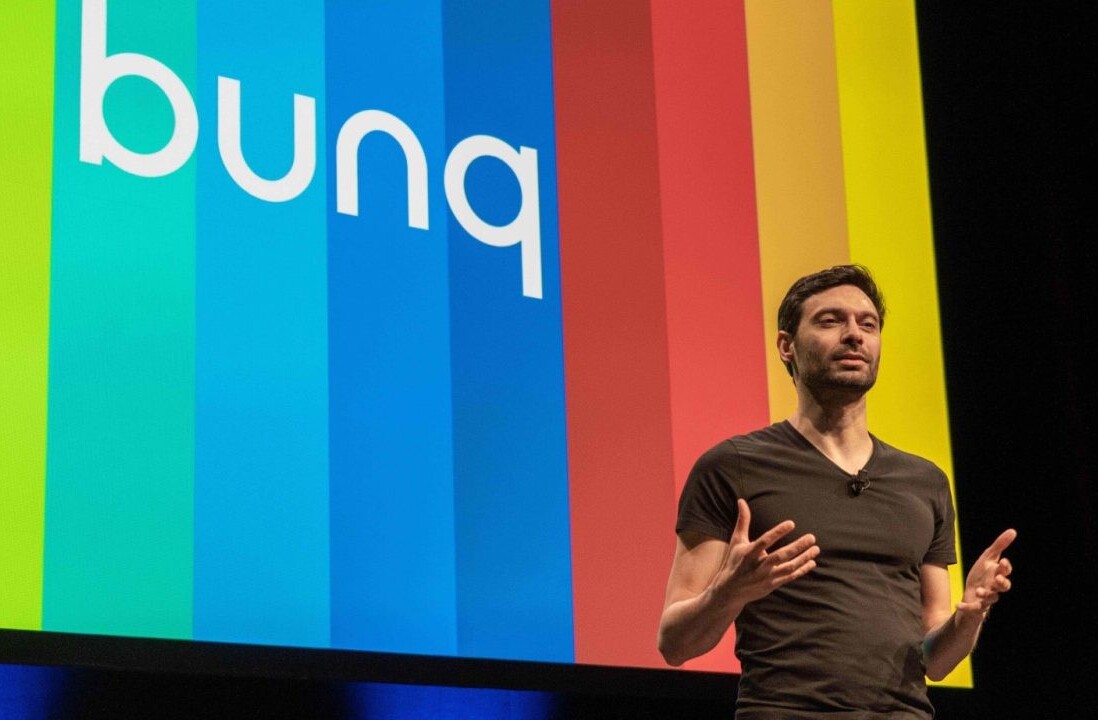Personalization has come a long way since Amazon started leveraging personalized book recommendations in 1999. Half of companies worldwide have identified it as a priority investment, and globally 92 percent of marketers believe there’s value in 1-to-1 marketing technology.
If you’re part of this majority but haven’t figured out how to advance your personalization efforts, you’re not alone. Personalization has gained popularity in recent years, but not all marketers feel like their activities in this area are effective.
Let’s demystify where personalization is now and where it’s heading this year.
What the industry predicted for 2018
2018 was heralded by many as the year when personalization would go mainstream, especially in retail. Salesforce analyzed the shopping activity of 150 million shoppers across millions of websites and identified personalized product recommendations as a key revenue driver in the industry. The assumption was that we’d see unique product recommendations, dynamic email and website content, and even personalized pricing emerge as the norm in most e-commerce experiences.
On the B2B front, Gartner predicted that advances in AI would result in up to 40 percent of B2B sites using price optimization algorithms to personalize prices for each customer. They also predicted revenue increases of 15 percent for B2B companies that employed personalization in digital experiences.
Yet, despite analysts’ enthusiasm, more than half of marketers in a recent Evergage study reported that they don’t have sufficient data and insights for effective personalization.
Data is a huge paint point
Poor data quality and lack of integration often get in the way of personalization efforts. Marketers are housing their customer data, on average, in four different systems, making it incredibly difficult to deploy personalized experiences across channels. Using commonly available data like age, gender, and zip codes won’t cut it.
You need deeper data sets to draw more accurate conclusions about your audience segments and you need to systematically combine data sources (referral, purchase data, interests, etc.) to build a more complete picture. Then there’s the matter of privacy.
Enter GDPR
Last year, GDPR came into the picture. In personalization, this led to a grey area that was finally clarified through the introduction of “profiling.” Put plainly, personalization is a form of profiling under this new privacy law.
As such, marketers need a legal basis to leverage it. Navigating the legalese and chasing after compliance standards has taken precedence over implementing profiling technologies, especially in companies that are resource-constrained.
Limited resources hinder adoption
In a Dynamic Yield study, only about 52 percent of marketers said they have sufficient resources (money, time, personnel) to deliver personalized experiences across marketing channels, and just 22 percent reported having a centralized cross-functional team to execute personalized campaigns.
About 65 percent of marketing pros would grade their own personalization efforts as a “C” or lower and most would rate their maturity level as “limited.” The truth is, implementing personalization is not easy and marketers have set pretty high standards for themselves.
Is there hope?
Now that we’ve been through the sanity check, can we say there’s been some progress? I certainly think so. For one, marketers have taken stock of the importance of reliable data. 2018 showed us the importance of data, not just for personalization but for the whole business. Eight in ten companies in the UK alone plan to hire a data scientist this year. 2019 will be about gathering, cleaning up, and making sense of data, as well as testing innovative ways of using it.
GDPR concerns still loom, but most marketers have taken key steps towards compliance. Around 43 percent of companies reported being fully compliant or well underway with cookie consent management in June 2018; 22 percent said they had at least started implementing consent management.
What about the resource issue? When marketers think of personalization, they often think of implementing proprietary algorithms a la Netflix. But there are accessible personalization solutions that require less manpower and smaller budgets. There is personalization software out there for companies of all sizes — from large enterprises to solutions for startups and mid-sized companies — you’ll just have to look in the right places. In short, personalization technology is starting to democratize.
What can we look forward to in 2019 and beyond?
A trend that started a few years ago is going to gain speed this year, perhaps in ways we couldn’t imagine. Developments in AI will help us determine the right mix of content for each visitor and automate a great deal of personalizations for product and service offerings across different channels. Its subsets, machine learning and natural language processing, will all impact the way companies do personalization.
Several vendors in the personalization space claim that they offer solutions that leverage machine learning, but only 26 percent of marketers employ machine learning-driven personalization today. Most verified use cases appear in the enterprise market.
In 2019, we may see the first meaningful applications for smaller company segments as well. Advances in machine learning will more allow websites to segment target groups automatically by recognizing patterns at a high scale, taking care of much of the manual work that is now needed to implement personalization.
Progress is also expected in the field of automated content generation. So far, natural language processing has been mainly used to analyze content for segmentation purposes, by extracting sentiment, topics and other information from web pages.
This year, NLP may start to enable marketers to generate different content bits based on the properties of each target group. This is one of the hardest nuts to crack in today’s marketing technology landscape, but in due time, it will inevitably lead to a revolution.
We’ve already seen these developments applied in the field of chatbots — arguably highly personalized parts of websites — and the human-like conversational technology that is used in virtual assistants like Siri, Alexa and Google Assistant. It won’t be long before this technology is applied for website content generation.
Picture that: a world where websites rephrase their content to help you if you get lost, or advise you on what to do based on your calculated intent. That’s a promise personalization technology will start to deliver on very soon
Get the TNW newsletter
Get the most important tech news in your inbox each week.






